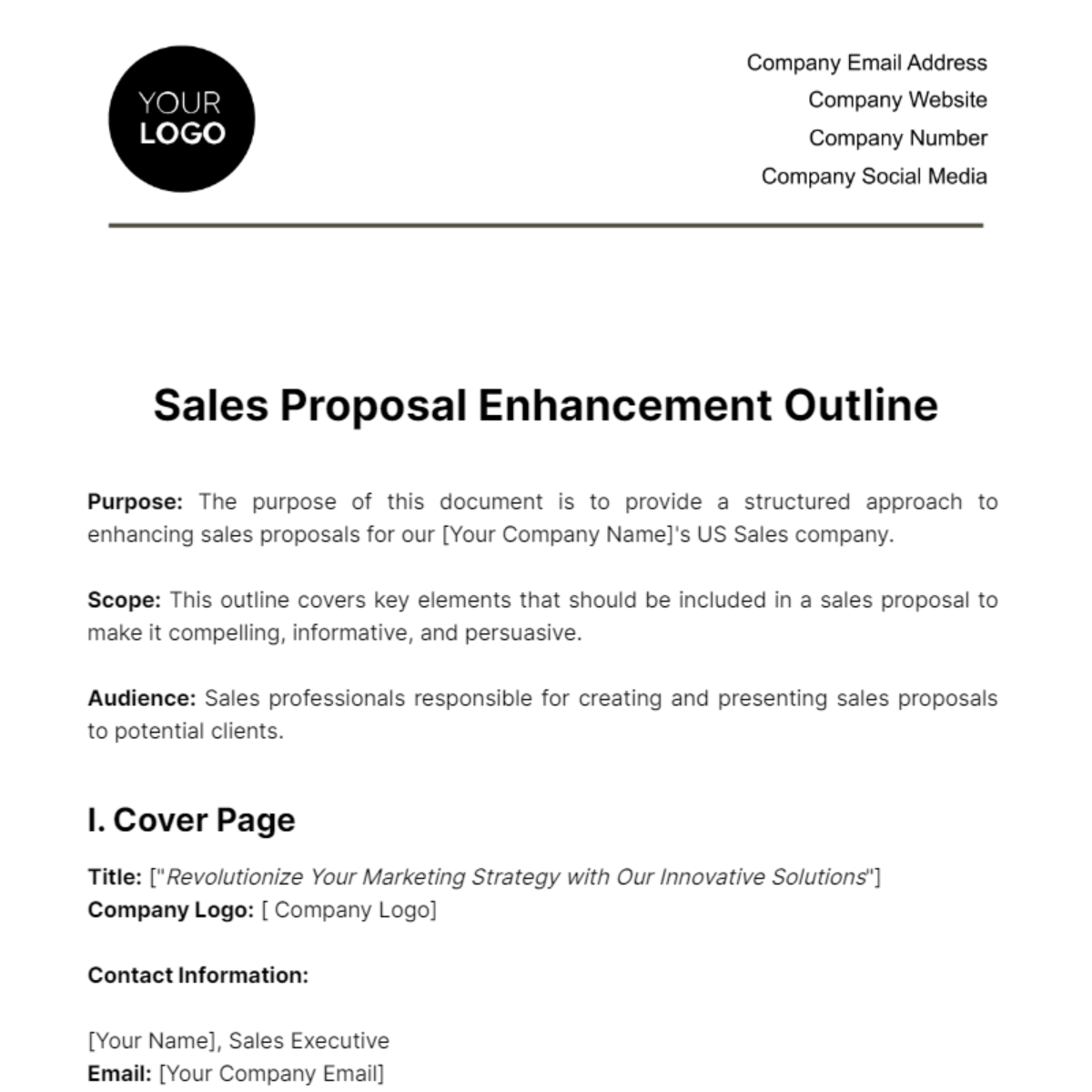Free Sales Target Market Proposal Analysis
Introduce the Sales Target Market Proposal Analysis Template from Template.net, a pivotal tool for identifying and analyzing your target market within sales proposals. This editable and customizable template empowers you to pinpoint market needs and align your strategies accordingly. Easily editable in our AI Editor tool, it's crafted to refine your approach and maximize market impact with Template.net.






























